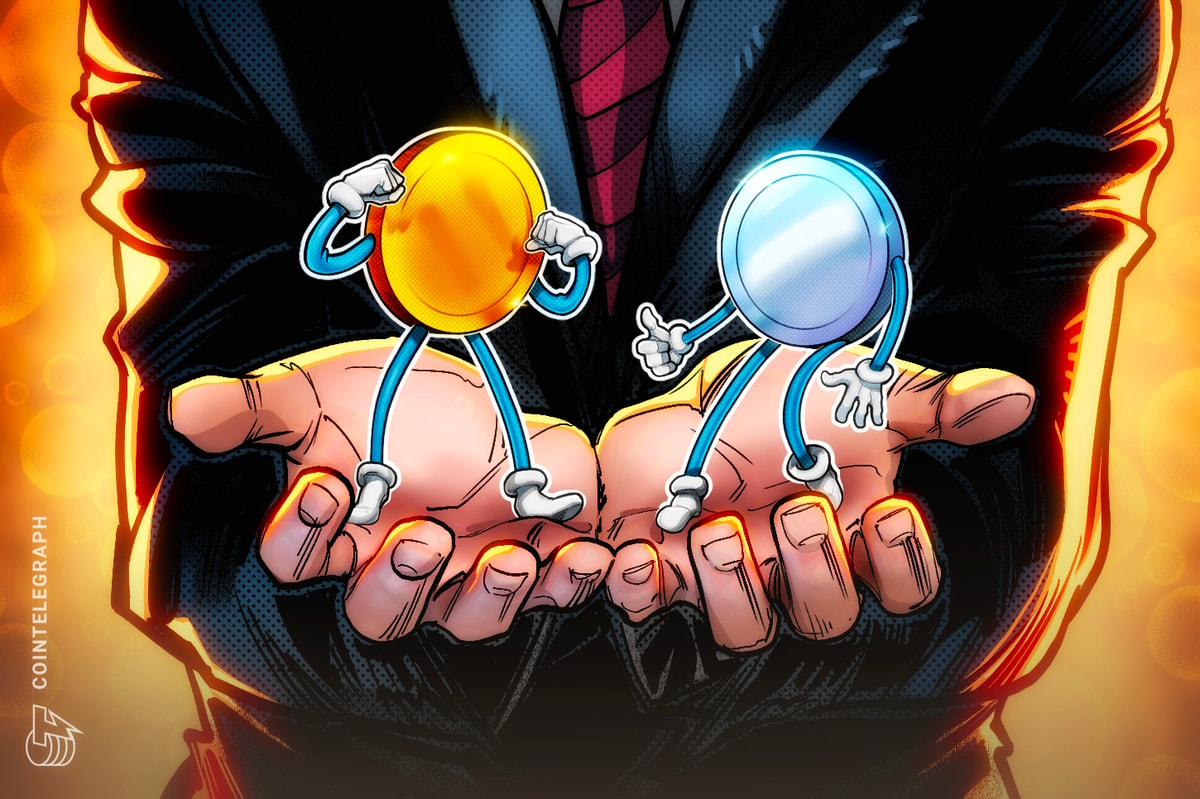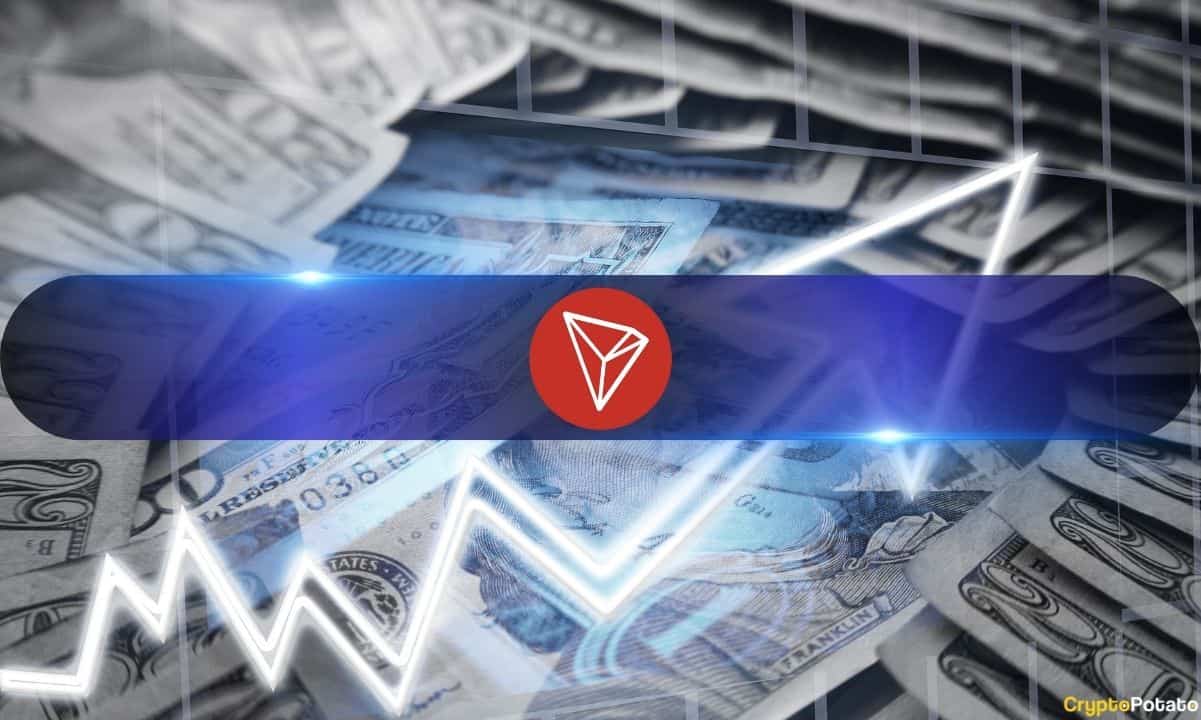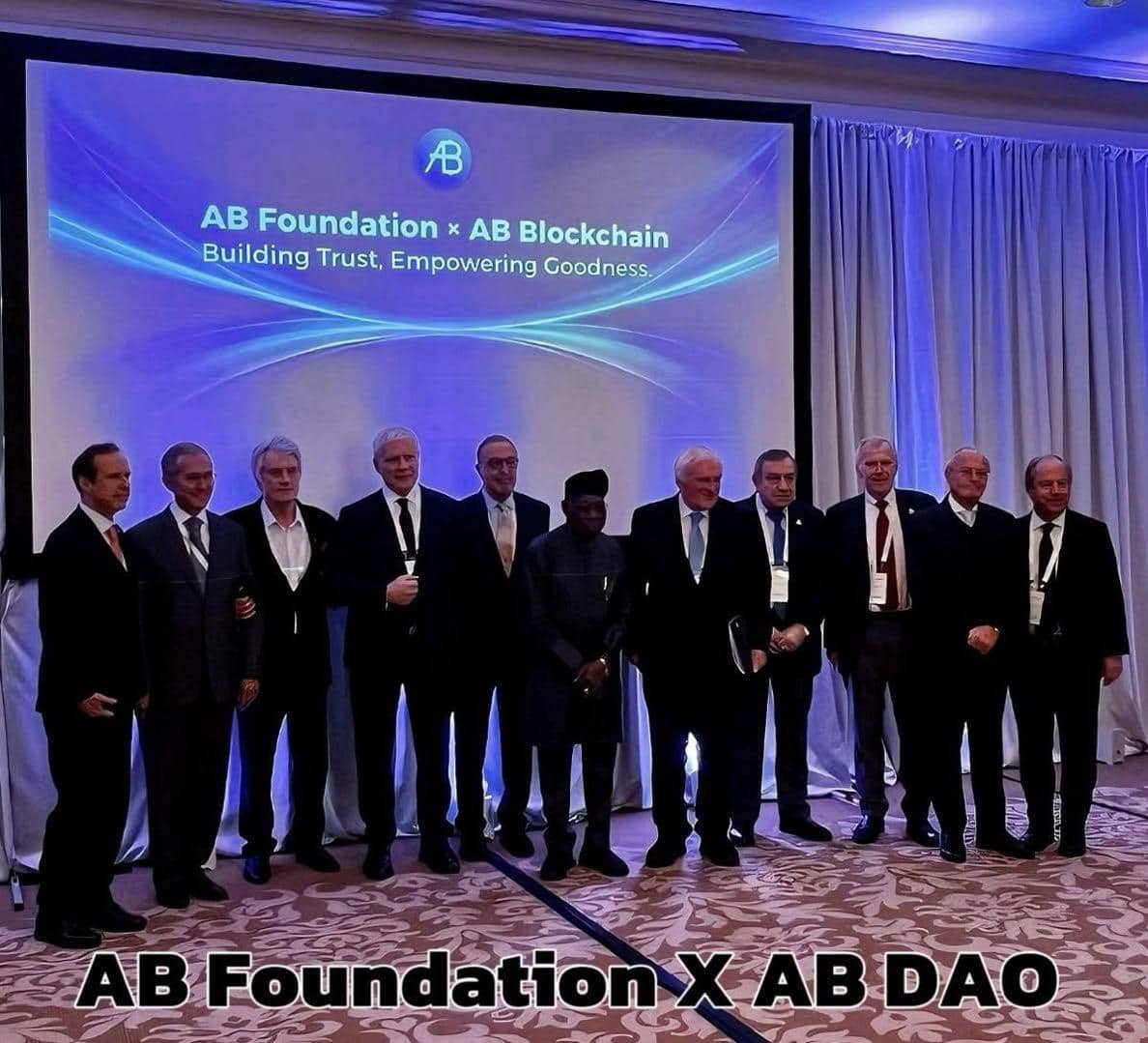Can Bitcoin’s 21-million limit survive quantum and cross-chain pressures?
The 21-million Bitcoin limit is one of the most iconic features of the protocol — a hard-coded cap that defines its scarcity, value proposition and appeal as “digital gold.” But what happens if that system is threatened from two sides: by powerful quantum computers on one end and by increasing demand for cross-chain Bitcoin utility on the other?
Short for quantum-resistant asset mapping protocol, QRAMP is a framework proposed in early 2025 by Bitcoin developer Agustin Cruz. It’s designed to do two things at once: protect Bitcoin from future quantum attacks and unlock a safer way to extend Bitcoin into other blockchain ecosystems without compromising custody or supply limits.
Unlike wrapped Bitcoin (like WBTC or renBTC), which depends on custodians to lock up real Bitcoin (BTC) and issue a tokenized version elsewhere, QRAMP doesn’t hold coins at all.
Instead, it uses cryptographic attestations — proofs derived from the Bitcoin timechain — to reflect BTC balances on external systems.
Think of QRAMP as a hologram of your Bitcoin: a projection that’s verifiably real, visible on different blockchains, but never actually leaves its original home.
In advanced implementations, QRAMP could incorporate zero-knowledge (ZK) proofs like SNARKs to verify ownership without revealing sensitive data. This makes it possible to create non-custodial synthetic Bitcoin that can operate on layer 2s, alternative layer 1s or even post-quantum blockchains, all while staying cryptographically anchored to the base layer.
Bitcoin synthetic assets: Why now?
Here’s the problem: Bitcoin’s security relies on the Elliptic Curve Digital Signature Algorithm (ECDSA).
Right now, that’s rock solid. But a powerful enough quantum computer — using something like Shor’s algorithm — could eventually derive private keys from public keys, especially for older wallets where the public key has already been exposed on-chain. That puts billions in dormant BTC at risk of theft.
In 2025, BlackRock updated its iShares Bitcoin Trust filing to explicitly warn investors about quantum risk. They flagged the possibility that quantum tech could break the cryptographic protections Bitcoin depends on and undermine the integrity of the network itself.

That’s exactly the scenario QRAMP is designed to handle. It offers a structured way to migrate BTC to quantum-safe addresses and to mirror balances across post-quantum chains, all without violating the 21 million cap or handing control to custodians.
Did you know? Experts at the US National Institute of Standards and Technology (NIST) estimate that quantum computers capable of breaking current cryptographic standards could arrive within the next 10 to 20 years, and some private forecasts suggest it could happen even sooner.
Can synthetic assets break the Bitcoin supply cap?
It might seem on the surface that QRAMP introduces fractional reserve risk, creating synthetic Bitcoin assets that exist beyond the base layer and could inflate the perceived supply. After all, if multiple mirrored versions of BTC are circulating across chains, doesn’t that undermine the scarcity? But actually, QRAMP doesn’t expand the underlying supply of Bitcoin at all.
QRAMP doesn’t mint new BTC or hold coins in custody. It uses cryptographic attestations, such as timechain proofs or (potentially) ZK-proofs, to verify that synthetic representations correspond directly to real, unspent BTC on the base layer.
The system can be designed so that every synthetic unit is transparently tethered to actual BTC, without needing a custodian to enforce it.
In that sense, QRAMP isn’t a fractional reserve system — it’s a non-custodial mirror. Its job is not to replace Bitcoin’s supply enforcement but to extend its utility in a way that respects the hard cap and avoids centralized trust assumptions.
So, while it might blur the lines of scarcity perception in some market contexts, QRAMP doesn’t break the 21-million limit. It preserves it — just in a more composable, future-proofed way.
Under the hood: How QRAMP actually works
So far, QRAMP has sounded like a bold reimagining of Bitcoin’s future, but how would it actually work in practice?
The protocol proposes a way to migrate Bitcoin’s unspent transaction outputs (UTXOs) from vulnerable, legacy cryptography to new quantum-resistant addresses before it’s too late.
Here’s how it works:
- Spotting vulnerable addresses: QRAMP identifies Bitcoin addresses exposed to quantum risk — mainly those with visible public keys.
- Burn and replace: Users send coins from these addresses to a special “quantum burn” address, making them unspendable. In return, an equal amount of quantum-resistant BTC is issued.
- Post-quantum security: New coins use advanced cryptography like hash-based signatures or lattice-based algorithms to resist quantum attacks.
- Proof-based verification: Only verified burns result in new coins, ensuring 1:1 conversion without inflation or fraud.
To support this migration, QRAMP would integrate post-quantum cryptographic primitives. The two main families include:
- Lattice-based cryptography, like Crystals-Dilithium or Falcon, which relies on mathematical problems believed to be resistant to quantum decryption.
- Hash-based signature schemes, like Sphincs , which create robust one-time signatures secured by proven hash functions.
Pulling this off wouldn’t be easy. QRAMP requires a hard fork, a fundamental change to Bitcoin’s consensus rules. That means community buy-in, miner alignment and broad wallet support. The biggest hurdle isn’t technical — it’s social.
Users would also need to act. QRAMP demands user compliance, and non-participation means permanent loss of funds. Education, incentives and clear tooling would be essential for success.
Did you know? QRAMP proposes a mandatory migration period. Think of it like a ticking clock: Users would have a set window to transfer their coins from ECDSA addresses to post-quantum cryptographic wallets. After that window closes, any un-migrated coins become unspendable — effectively “burned” to prevent quantum theft.
Bitcoin’s quantum gamble vs. the rest of crypto
Bitcoin isn’t the only blockchain thinking ahead to a quantum future. That makes QRAMP’s approach worth comparing to what other chains are doing. Let’s zoom out.
Several major projects are already building or experimenting with quantum-resistant layers:
- Ethereum’s research into post-quantum wallets: Ethereum is investigating the use of hash-based (e.g., Sphincs , XMSS) and lattice-based cryptographic schemes (e.g., Dilithium, Falcon) as part of its long-term post-quantum roadmap. These would likely be introduced via account abstraction, allowing users to adopt quantum-safe wallets without overhauling the base protocol. Integration remains complex and largely theoretical at this stage.
- Quantum-resistant ledger (QRL): A purpose-built blockchain launched with quantum resistance baked in, QRL uses the XMSS signature scheme, one of the few NIST-recognized options for post-quantum digital signatures.
- Solana’s quantum vaults: Solana has introduced optional vaults using Winternitz one-time signature schemes, offering users quantum-resistant protection for stored assets, though uptake and integration are still early-stage.
What makes QRAMP stand out is its mandatory enforcement. It’s a protocol-level migration plan that treats quantum risk as a systemic emergency.
Here’s how QRAMP stacks up:

As a final thought, QRAMP is an ambitious proposal (and a clear sign that Bitcoin developers are beginning to take quantum threats seriously).
Whether this is the solution the community ultimately adopts, or whether another approach emerges down the line, remains to be seen. One thing is certain: The clock is ticking.

 11 hours ago
2
11 hours ago
2
















 English (US) ·
English (US) ·